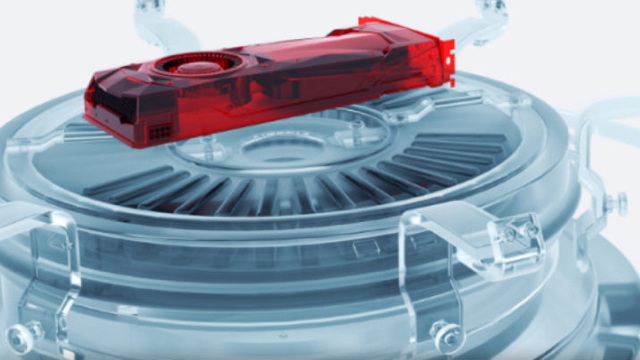OTOY Uses Blockchain Tech for Distributed Cloud Rendering
September 8, 2017
The technology underlying Bitcoin is now under development to render 3D visual effects. Los Angeles-based OTOY, which provides a GPU-based software system to create a cloud-based pipeline for 3D content, is hoping to raise as much as $134 million to develop RNDR, distributed cloud rendering for VR and other content, via blockchain technology. HBO and Discovery have invested in OTOY, which has also partnered with Facebook and Mattel. Relying on cloud-based GPUs for rendering is a much less expensive solution than supercomputers.
Variety reports that GPUs in the cloud for rendering can still be expensive, which is why OTOY is describing a distributed model that would “offload those computing tasks to millions of PCs, and eventually even mobile devices, around the world.”
“It’s a really fundamental shift,” said OTOY founder/chief executive Jules Urbach. “There are a lot of GPUs out there that are doing nothing important.” By utilizing devices such as iPad Pros to “render graphics for AR and VR experiences, or maybe even Hollywood movies,” the model would avoid “the need for a lot of commercial cloud computing infrastructure,” such as “giant data centers.”
Another example of a P2P network for computing is the 1999 program SETI@Home, in which “scientists began to enlist the public in the search for extraterrestrial life … which has been relying on unused computing power to analyze radio signals from outer space ever since.” OTOY’s use of Ethereum blockchain “will allow the company to keep a permanent track record of all rendering jobs to make sure that buyers actually get what they ordered, and track rights associated with those jobs.” Users who accomplish rendering jobs are paid in tokens, with a small percentage going to OTOY.
On September 12, “anyone will be able to register for the token sale online,” and the company plans to sell “approximately 537 million tokens to raise $134 million to further develop and deploy RNDR.” OTOY plans to start the actual rendering in early 2018, “with a base of 7 million users who already have access to its software tools via the popular 3D engine Unity.”
Next it will “target … cryptocurrency enthusiasts who have at one point or another bought powerful graphics hardware to mine Bitcoin,” because the financial rewards of mining Bitcoin have been ebbing and Urbach “believes that the same users will be able to make a lot more by rendering 3D assets.”


No Comments Yet
You can be the first to comment!
Sorry, comments for this entry are closed at this time.